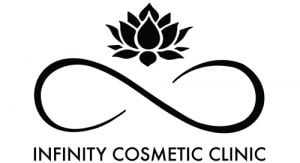Acne, fine lines, and sun-damaged skin reduce one’s confidence by making him feel less presentable or inferior. Heavy makeup, popping bumps, no self-care, acne-prone skin, and aging have worsened skin problems. Now according to many professional and senior dermatologists, the best investment for one’s skin is the treatment of chemical peels, as a particular type of chemical peel suggested by the skin care specialist understands one’s skin. It can also be tailored by the specialist to meet the needs of one’s skin requirements to bring the desired results.
Chemical peels are cosmetic procedures that work as a natural exfoliator to the skin removing the dead skin, revealing the underneath smooth, rejuvenated, and young skin. The chemical peel solution is applied on the skin for some time and then its peeling off brings the brighter and younger skin. There are majorly three types of chemical peel varying in strength and the potential to remove a particular skin problem. Not all peels are equally effective for everyone. With their different levels of penetration into the skin, they are named light, medium, and deep. Let’s delve into the details of different kinds of chemical peels addressing various skin issues.
Light Chemical Peel
This one is the first and the gentlest option among the three. Light peels are usually formulated with alpha hydroxy acids (AHAs) or beta hydroxy acids (BHAs). Light chemical peels target the uppermost layer of the skin called the epidermis. They are also called superficial peels.
It is useful to treat skin minor concerns as the acids used in them like lactic, glycolic, and salicylic are light and can be applied twice or thrice a month as suggested by the skin care specialist.
It usually requires no downtime and is considered equally effective for dry and sensitive skin. It is quite beneficial to treat fine lines, acne, sun damage, uneven skin tone, and hyperpigmentation too.
The side effects of light peels are minimum and so is the recovery time. Some feel a bit of dryness or sensitivity after getting this treatment but only for a very short period. For new users, this type of chemical peel is highly recommended as it makes their skin ready for deep-level penetration. It reduces excess oil production and increases its natural collagen.
Medium Chemical Peel
Medium-deep peels penetrate deeper into the skin treating the upper layer of the dermis. They are formulated with Trichloroacetic acid, glycolic acids, and sometimes with a combination of other acids that are stronger than the acids used in light chemical peels. They are effective to treat sun damage, wrinkles, acne scars, and hyperpigmentation too. This one is considered the most effective and the best peel by doctors.
It works to stimulate the skin’s natural collagen ability making the skin look younger and healthier with improved elasticity. This multi-purpose peel contains multi-exfoliants that help to rejuvenate the skin.
Its recovery time ranges from four to seven days with redness, itchiness, and peeling. Their frequent application is not suggested as they are more powerful than light peels, this is why it is recommended to use them twice or thrice a year.
The application must be done by professionals as they know which ratio would be suitable for a specific skin type.
Deep Peels
Now comes the last and the strongest option deep peels which are used to address stubborn skin issues requiring more intensive and deeper penetration.
Deep acne, wrinkles, severe sun damage, and hyperpigmentation can be fixed through these particular kinds of peels. The results are almost guaranteed.
These peels contain TCA or carbonic acid that reaches the lower layer of the dermis to fix serious skin issues.
The most common is phenol peel which can penetrate deeper into the skin to treat the root cause of the problem. Due to its strong formula, its single application can bring dramatic results and sort the issues where the first two fail in showing the desired output.
The downtime is more than the above two and the patient may feel more significant redness and itchiness that can last up to two weeks. It is also effective to fight against precancerous growth. More than one application can be harmful to the skin as deep peels are the strongest.
Conclusion
The above detail will make you clearer the difference between the three chemical peels and the varied problems they can treat. It is only your professional skin care specialist or qualified dermatologist who can determine your skin problem and suggest you the most suitable chemical peel to assess your skin needs. Discuss your medical history with your medical expert in detail so he could suggest you the most favorable cosmetic treatment. Tell them if you are allergic to some products and check your schedule minding the healing time of the above peels as the skin becomes more sensitive right after the treatment. So consult the doctor in case of any skin problem, and give a new start to your life with younger and radiant looks.




